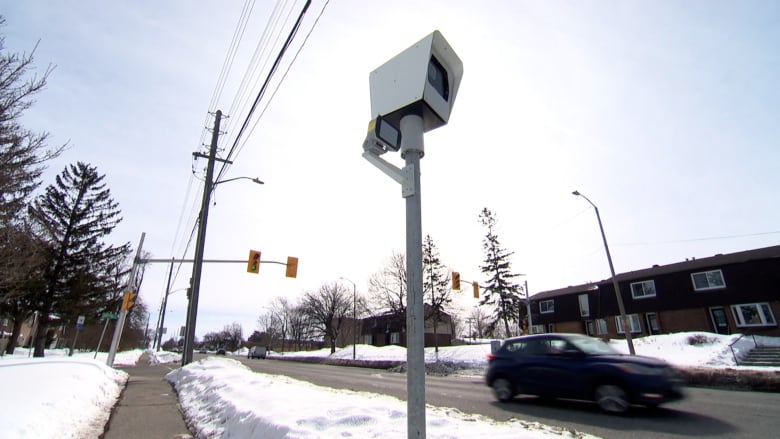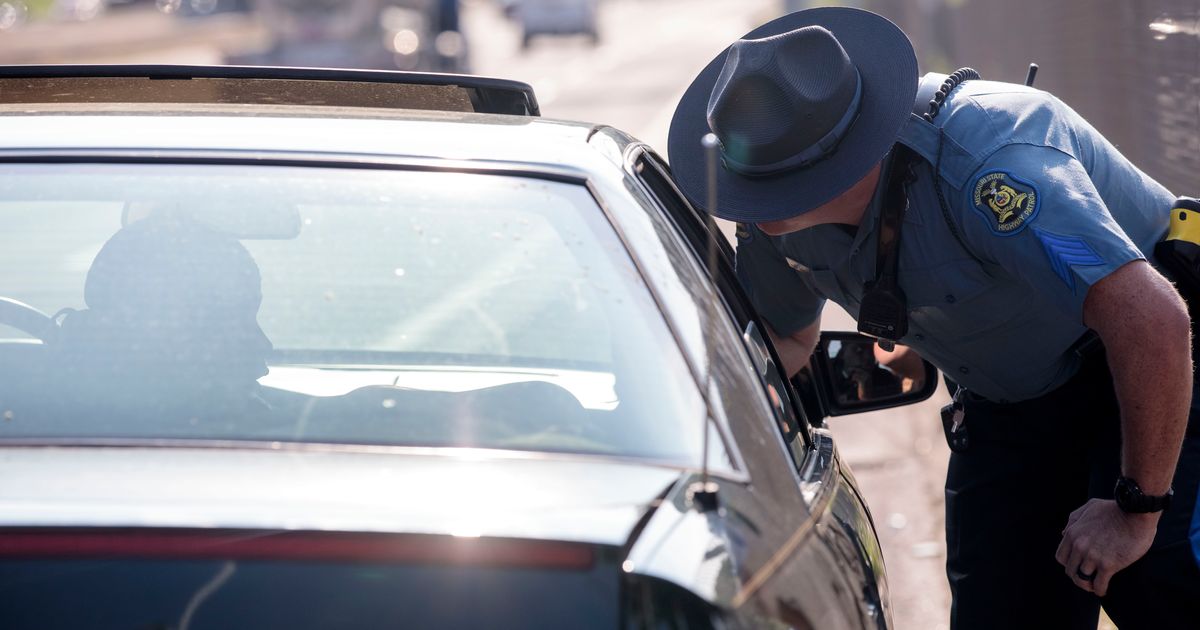A new Democratic-backed bill is gaining momentum in the state Legislature. Dubbed “The Traffic Safety for All” legislation, House Bill 1512 would bar police from stopping drivers solely for nonmoving violations, like expired tabs or a broken headlight.
The legislation is a top priority for the Washington chapter of the American Civil Liberties Union and the Washington Coalition for Police Accountability. Instead of pulling people over, officers would send warnings in the mail about nonmoving violations if they have no other reason for a stop.
WHAT CAN/CAN’T POLICE PULL MOTORISTS OVER FOR?
Officers could still pull people over for any criminal offense, not wearing a seat belt, not having license plates, or having an expired registration. The same goes for faulty equipment, a shattered windshield that affects visibility or a dragging muffler. And police could still cite drivers for nonmoving violations during a stop. However, they would need to initially pull the driver over for something else.
HOW DOES THE BILL LIMIT POLICE POWERS?
When officers pull someone over, they would have to immediately inform drivers of the reason for the traffic stop. And they could only question the driver about that issue, unless they find evidence giving them a reasonable suspicion to ask about something else. Police would also need written consent to search the car. Furthermore, police can only search if the offense precipitating the stop is a gross misdemeanor or felony.
WHAT DO THE BILL’S SUPPORTERS ARGUE?
Supporters argue reducing stops for minor infractions would free up time for officers to prioritize drivers who are under the influence of drugs or alcohol or speeding.
Police accountability advocates say stops for nonmoving violations do little to improve public safety while disproportionately affecting people of color. And the fines can be burdensome for low-income communities.
State troopers search the cars of Native American drivers five times more than white drivers, according to an InvestigateWest analysis of traffic stop data from 2018 to 2023. Troopers also searched Black and Hispanic drivers more than white drivers.
Between 2009 and 2019, Washington State Patrol troopers found contraband during a mere 0.27% of traffic stops, according to a Vera Institute of Justice analysis.
WHAT DO THE BILL’S OPPONENT’S ARGUE?
Police officials oppose the bill, arguing it is ill-timed given the dramatic rise in traffic deaths in the past few years. In 2023, over 800 people died on Washington roads, the highest mark since 1990. Impairment and speeding caused a half and a third of those deaths, respectively.
WHERE IS THE BILL PRESENTLY HEADED?
The Senate version of the legislation hasn’t been scheduled for a public hearing. The House bill doesn’t yet have a committee vote scheduled. The proposal would take effect 90 days after the session adjourns, scheduled for April 27.
My opinion? Bouse Bill 1512 is public safety that benefits everyone. It addresses racially discriminatory police practices and improves safety.
Please contact my office if you, a friend or family member are charged with a driving-related crime. Hiring an effective and competent defense attorney is the first and best step toward justice.




/GettyImages-171295467-59e7a773685fbe0011549f26.jpg)









